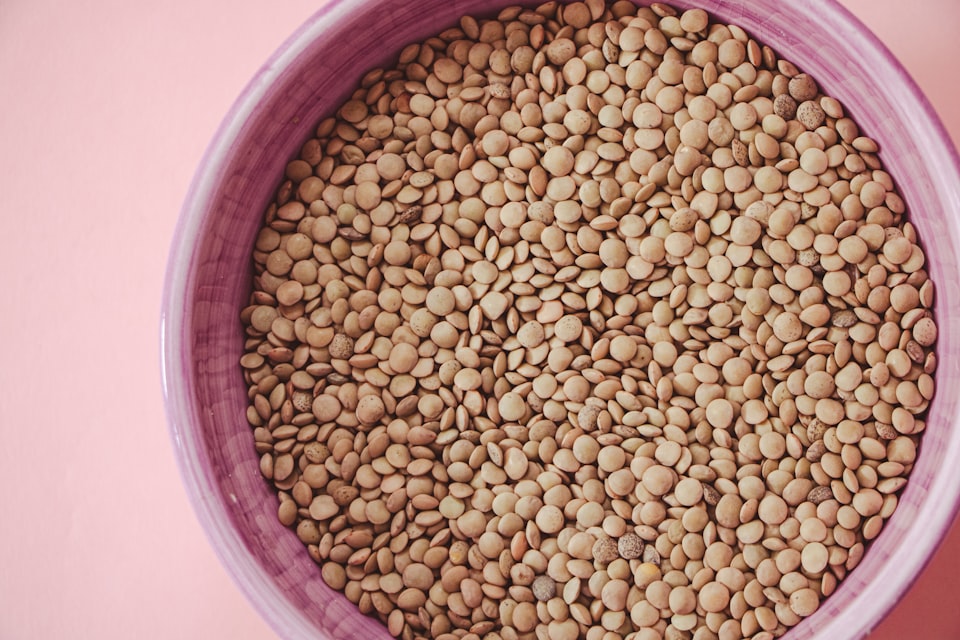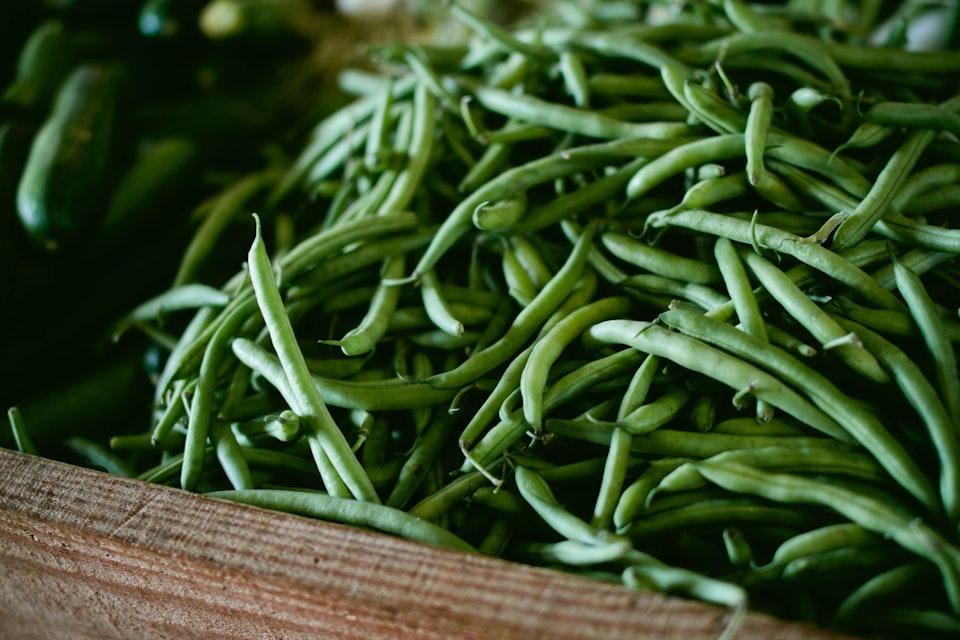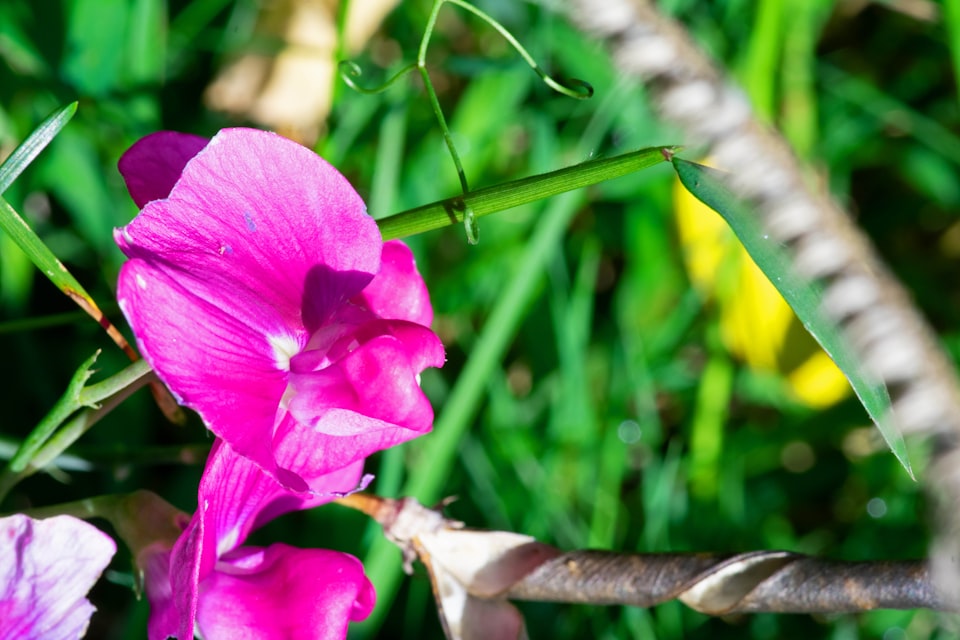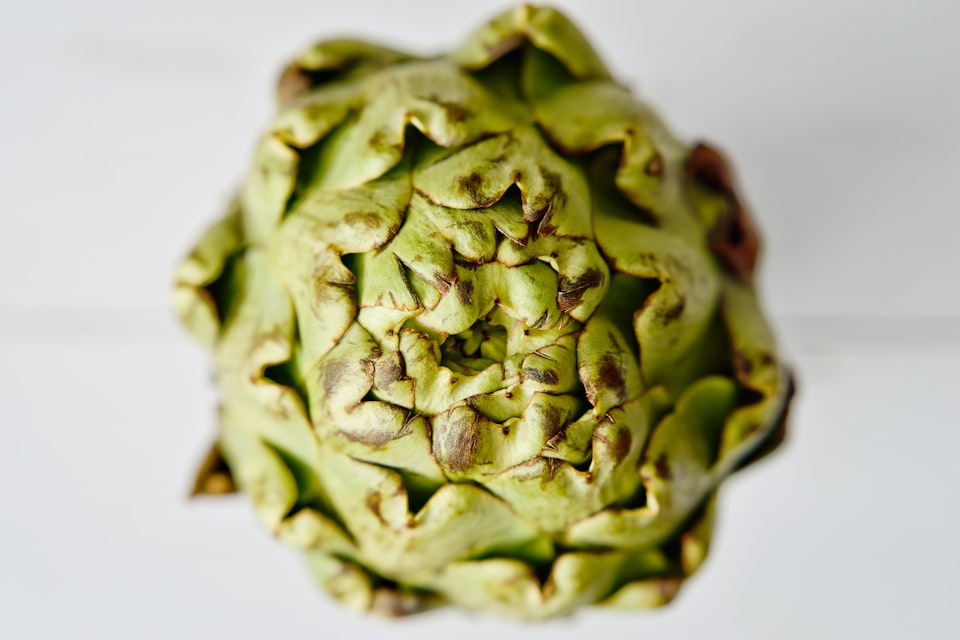III: Peas
How a monk used peas to discover genes.
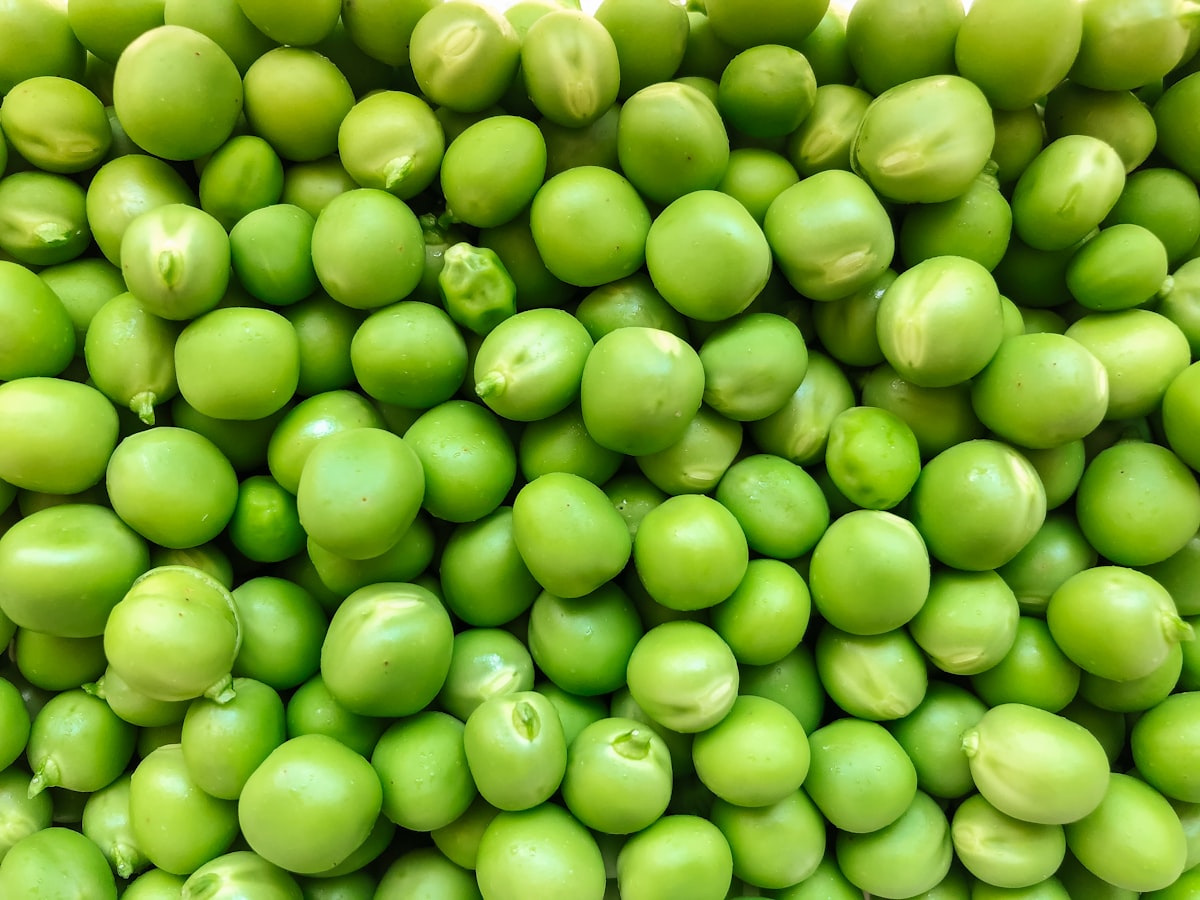
Good morning. Today is tridi, the 13th of Prairial, Year CCXXXI. We celebrate les pois, little green guys you chase around a plate.
💡
Peas have taken quite a journey, culinarily. For thousands of years, they were mainly seen as a famine crop, one of those "break glass in case of emergency foods" that sustained people in the less predictable agricultural era of medieval Europe. They would be harvested, mostly from wild sources, when fully ripened. The peas we eat today are the same plant, but harvested at a very different time, when the peas inside the pod (actually the plant's little fruits) are still immature. These were cultivated and served as delicacies beginning in the 16th century, and because there was only a brief time in the spring when immature peas were available, they became a rare treat for kings and nobles. The presentation of peas to Louis XIV was an entire event. Split peas came much later, during the Industrial Revolution, which is also when flash freezing allowed peas to be eaten year-round, giving them a precipitous tumble all the way back down the food hierarchy to – for many people – emergency-only food.
When you think of profound scientific breakthroughs, you probably don't picture monks. But it was initially an Augustan friar who first unlocked the theory of genetics, decades before genes were first properly described and even decades further before DNA was a thing. This is the story of the remarkable achievement of Gregor Mendel, who solved the biggest problem with Darwin's theory of evolution simply by paying extremely close attention to peas.
